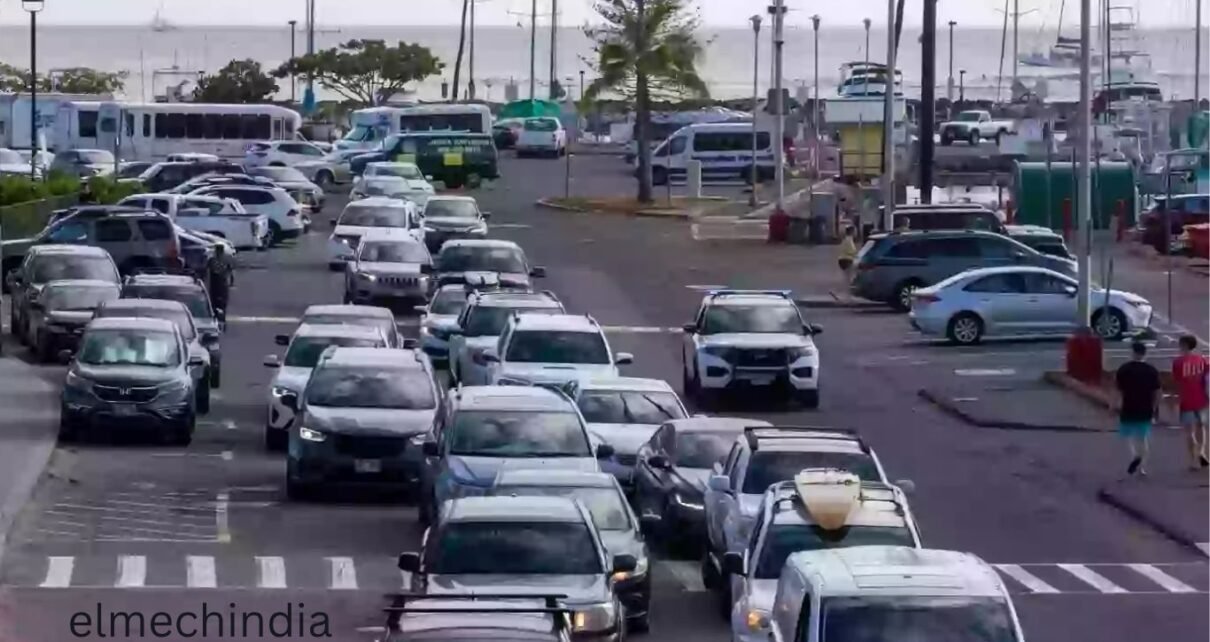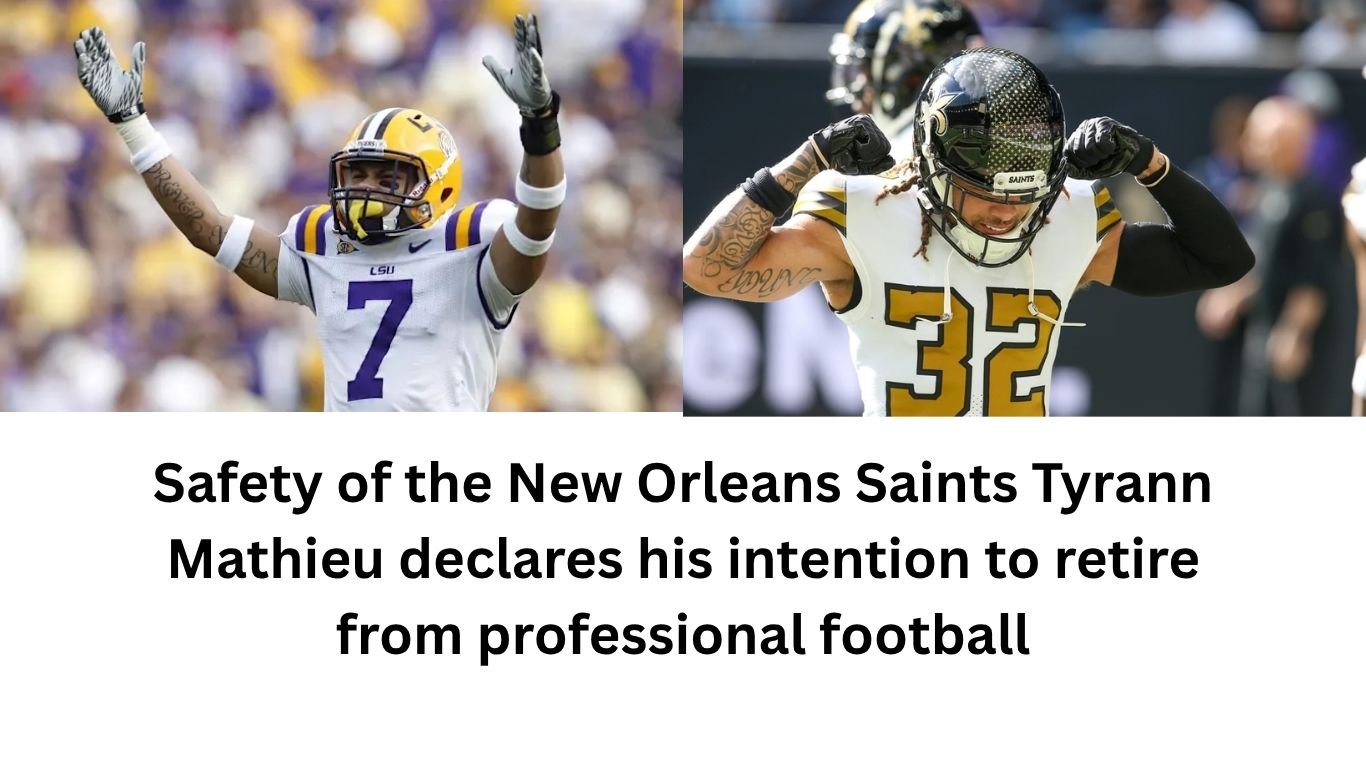An explosive backlash is unfolding in Hawaii after a tsunami warning led to accusations that a major celebrity did not open a private road on Maui, which locals believe could have eased evacuations. The agenda-setting story captivated national attention and raised questions about public expectation, crisis response, and celebrity responsibility during emergencies.
Why the Tsunami Warning Happened
A powerful 8.8‑magnitude earthquake off Russia’s Kamchatka Peninsula triggered tsunami warnings across the Pacific, affecting regions including Alaska, Hawaii, California, and Japan. Hawaii officials urged coastal and low-lying communities to evacuate to higher ground. While waves up to five feet reached some harbors, no catastrophic destruction occurred. The threat was downgraded to an advisory later that evening, but the emergency response period sparked widespread concern and confusion.
The Controversy: A Closed Celebrity Road?
On social media, Maui residents—amid traffic jams and evacuation delays— posted claims that Oprah Winfrey had not opened a private road running through her Wailea estate that connects to the higher elevation region of Kula. The road was said to provide an alternate route to safety. Public outcry followed under hashtags such as #OpenTheRoadOprah and messages blaming privilege for obstructing critical escape routes.
Official Response: Access Was Granted
Winfrey’s spokesperson quickly denied the accusations. They stated that as soon as tsunami alerts sounded, her team contacted law enforcement and FEMA to facilitate road access. Police confirmed that the road was in fact opened and allowed residents through in controlled groups for safe evacuation. Local law enforcement reiterated that the route remained open while needed for public safety.
Why This Incident Struck a Nerve
The situation combines several charged dynamics. Hawaii has suffered previous disasters—wildfires, flooding, and now tsunami threats. In the 2023 Maui wildfires, Oprah had opened the same road as a gesture of community support, drawing praise at the time. That historical precedent raised expectations that she would act similarly during this crisis.
During high-stress moments, when people are racing against time and roadways become clogged, even symbolic gestures or access to extra lanes can resonate strongly. This episode touched issues of privilege, celebrity accountability, and the complex balance between private property and public need in emergencies.
Table: Tsunami Warning & Public Response Summary
| Factor | Details |
|---|---|
| Earthquake Magnitude | 8.8 off Kamchatka Peninsula, Russia |
| Tsunami Alert Areas | Hawaii, US West Coast, Alaska, Japan |
| Highest Waves Reported | Up to 5 feet in parts of Hawaii |
| Evacuation Recommendation | Move inland or to higher ground |
| Roads in Question | Private Wailea-to-Kula route on Oprah’s property |
| Local Expectation | Permanent access based on past wildfire support |
| Celebrity Statement | Road opened by local authorities with her coordination |
| Public Response | Viral social media backlash and criticism |
Expert Insight: Emergency Management and Public Expectation
From an emergency management perspective, this case illustrates how perception can take on equal importance to facts. Disaster planners emphasize rapidly opening any usable routes in evacuation zones. Whether public or private, every mile counts when residents have limited time to reach safety.
Legal experts note that private property owners are not legally obligated to open roads in emergencies unless ordered by local authorities. Yet, when a figure has previously done so voluntarily, public expectation can become moral compulsion.
From a sociological standpoint, celebrity figures are often seen as symbolic bridges between public need and private action. In times of crisis, perceptions of inaction—even if inaccurate—can become lightning rods for outrage.
Reactions from Hawaiian Communities
Local residents voiced both distress and relief. Some continued to criticize access delays, citing longer commutes up to evacuation zones. Others shared that first responders guided wildlife and tourists off blocked routes. Social media flooded with posts ranging from anger (“People trapped while road closed”) to support (“Glad it was opened eventually”).
Commentators also debated broader questions: Should wealthy individuals living in vulnerable regions keep evacuation routes open? What incentive or liability exists if a private route remains closed during a natural disaster? These debates led to calls for clearer policy around emergency use of private infrastructure.
Broader Lessons for U.S. Emergency Protocols
This incident holds key takeaways for national emergency preparedness:
- Communication is critical. People need real-time verification of accessible routes.
- Emergency law clarity matters. Authorities must clarify when and how private roads may be used during crises.
- Expectation management helps avoid backlash. Public outreach before and during disasters can align perception with reality.
- Celebrity actions influence public trust. High-profile individuals must weigh symbolic impact against legal realities.
Final Thoughts: A Story Beyond Headlines
The tsunami warning may have been downgraded by mid‑day, and no fatalities occurred. But the episode underscored how sharp public frustration can emerge when life-and-death infrastructure intersects private ownership. In Hawaii—a place deeply shaped by past natural disasters—every pathway matters, both physically and symbolically.



